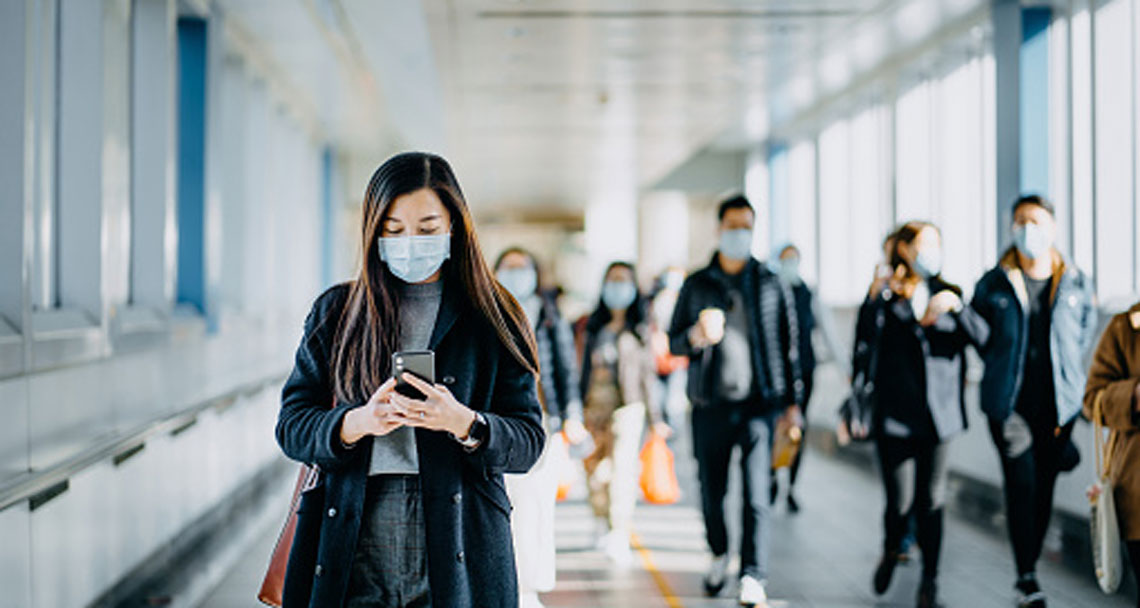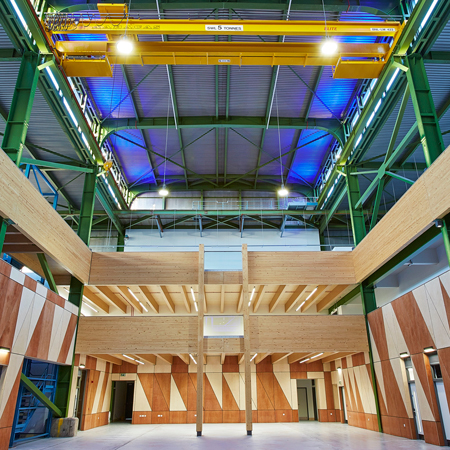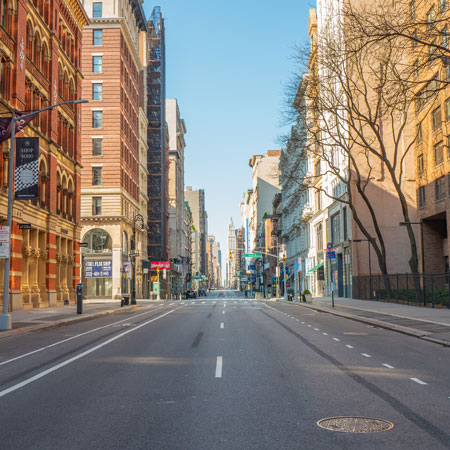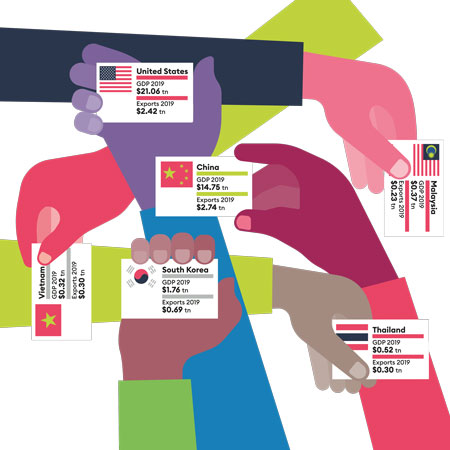As countries around the world continue their lockdowns, all eyes have been on China as an example of how to slowly and steadily lift lockdown rules to enable a return to ‘normal’ day-to-day life.
Initial response
China adopted a strict response to the Covid-19 pandemic within its borders, swiftly implementing social distancing measures and closing businesses across the entire country. During this time, sectors beyond essential services were mandated to sharply reduce or completely stop operations. Malls reduced hours, restaurants were limited to takeaway or delivery, offices were closed, and workers shifted to working from home. There were also stringent travel restrictions; permits were required to leave residential complexes and all non-essential travel was prohibited.
Resumption
The measures began to be eased in mid-to-late February, except for the epicentre of Wuhan. As residents started to venture out more, temperature checks, registering visitors, and no-contact deliveries were still required. These measures, intended to further minimise the spread of Covid-19, have also been seen in similar forms in other sectors.
Restaurants have had to limit capacity to adhere to physical distancing regulations. A gradual reopening beyond food service has incrementally extended to retail and other services, such as banking.
Offices opened with increased social distancing measures in place. Teams worked in the office on a rotating basis and working hours were staggered to minimise potential for disease spread. Firms also were required to register their workers to prove that the workers had been resident in their cities for at least two weeks. External client meetings were postponed, and employees who were able, opted to use private transport rather than public to further minimise risk of exposure.
The new normal?
As at April, temperature checks, travel history, and other details are still frequently checked before individuals are allowed access to many buildings and public spaces. Mask-wearing, social distancing, and contact tracing through apps and QR codes are widespread, and regular disinfecting is carried out, particularly as secondary outbreaks remain a concern. The Government is also acting swiftly to clamp down on disinformation in order to maintain public trust.
Many aspects of public life are still shuttered. Cinemas and children’s shops remain closed. Schools in some provinces are also shuttered, while other provinces have reopened. Those still closed will have a staggered reopening. Exam age pupils will return first, then older students, and younger children will be last back in the classroom.
Discretionary spending patterns seem to have changed in the short run for sectors that have reopened. There are trends of a switch from international to domestic travel and a boost to domestic luxury consumption. The Government is trying to boost consumer spending by supporting sales promotions at retailers.
While no response to this unprecedented crisis is perfect, China offers an example to other states looking to ease lockdowns and encourage a return to normality. A slow lifting of restrictions, measured responses, and – most importantly – public compliance, are all critical to limiting the spread of Covid-19 while reopening economies and societies.




